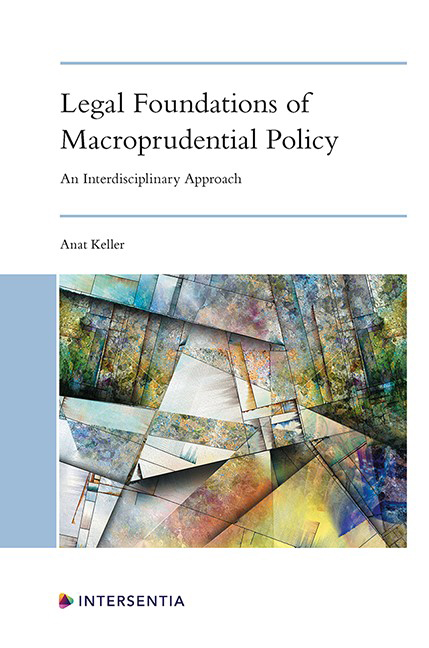Book contents
- Frontmatter
- Dedication
- Contents
- List of Cases
- List of Instruments
- Chapter 1 Introduction and Background
- Chapter 2 A Macroprudential Mandate: How to Operationalise it
- Chapter 3 Institutional and Procedural Design for Macroprudential Regimes: Institutional Models and the Nature of the Decision-Making Process
- Chapter 4 Powers of Macroprudential Authorities and the Use of Soft Law
- Chapter 5 Formulating a Taxonomy of Supervisory Approaches in Macroprudential Policymaking
- Chapter 6 Activating and Calibrating Macroprudential Instruments
- Chapter 7 Independence, Accountability and Transparency of Macroprudential Policy
- Chapter 8 A Non-Dichotomous View of Macroprudential Policy and Other Policy Areas
- Chapter 9 Data Collection and Analysis in Macroprudential Policy: An Epistemic View
- Chapter 10 Th e Global Architecture of Systemic Risk Regulation and Supervision
- Index
- About the Author
Chapter 5 - Formulating a Taxonomy of Supervisory Approaches in Macroprudential Policymaking
Published online by Cambridge University Press: 03 October 2020
- Frontmatter
- Dedication
- Contents
- List of Cases
- List of Instruments
- Chapter 1 Introduction and Background
- Chapter 2 A Macroprudential Mandate: How to Operationalise it
- Chapter 3 Institutional and Procedural Design for Macroprudential Regimes: Institutional Models and the Nature of the Decision-Making Process
- Chapter 4 Powers of Macroprudential Authorities and the Use of Soft Law
- Chapter 5 Formulating a Taxonomy of Supervisory Approaches in Macroprudential Policymaking
- Chapter 6 Activating and Calibrating Macroprudential Instruments
- Chapter 7 Independence, Accountability and Transparency of Macroprudential Policy
- Chapter 8 A Non-Dichotomous View of Macroprudential Policy and Other Policy Areas
- Chapter 9 Data Collection and Analysis in Macroprudential Policy: An Epistemic View
- Chapter 10 Th e Global Architecture of Systemic Risk Regulation and Supervision
- Index
- About the Author
Summary
Being a relatively new policy area, macroprudential policy has not yet developed a coherent and effective set of approaches to guide its decision-making process.The aim of this chapter is to fill in this gap by formulating a taxonomy of approaches in macroprudential policymaking and critically evaluating their suitability and effectiveness in achieving the financial stability mandate.
Chapter 7 will suggest that in macroprudential policy, the causal link between the macroprudential authorities ‘ performance and the outcome (prevention or mitigation of systemic risks) is difficult to establish. Moreover, what constitutes a “ good “ outcome can also be disputed. These challenges advocate evaluating the performance of macroprudential supervision at the process level and reiterate the importance of the quality of the decision-making process. To this end, a structured policy process and well-thought-through supervisory approaches can broaden the sources of information, strengthen legitimacy and provide a benchmark to hold, where appropriate, macroprudential authorities accountable.
This chapter, accordingly, develops a taxonomy of the potential approaches to guide the decision-making process in the macroprudential sphere and explores the viability and desirability of these approaches. In addition, where information is available, it seeks to establish the current state of approaches adopted by national and regional macroprudential authorities and identify any legal, practical or other obstacles in their implementation.
The chapter suggests the taxonomy of macroprudential supervisory approaches to be categorised as follows: (1) a cost-benefit approach , which is currently embedded in both the FPC and the FSOC ‘ s legislative frameworks; (2) an entity-based approach or an activity-based approach (the former focuses on the designation of individual institutions as systemically important and subjecting them to enhanced regulation, whilst the latter focuses on regulating activities that could potentially result in the emergence of systemic risk); (3) a rule-based approach, a discretionary approach or a middle positioned approach that is based on “ constrained discretion “ .
These approaches can be embedded in the legislative framework of the macroprudential authority or adopted as a procedure routinely pursued, without a legal basis, by a macroprudential authority to guide its policy analysis.
- Type
- Chapter
- Information
- Legal Foundations of Macroprudential PolicyAn Interdisciplinary Approach, pp. 121 - 148Publisher: IntersentiaPrint publication year: 2020



